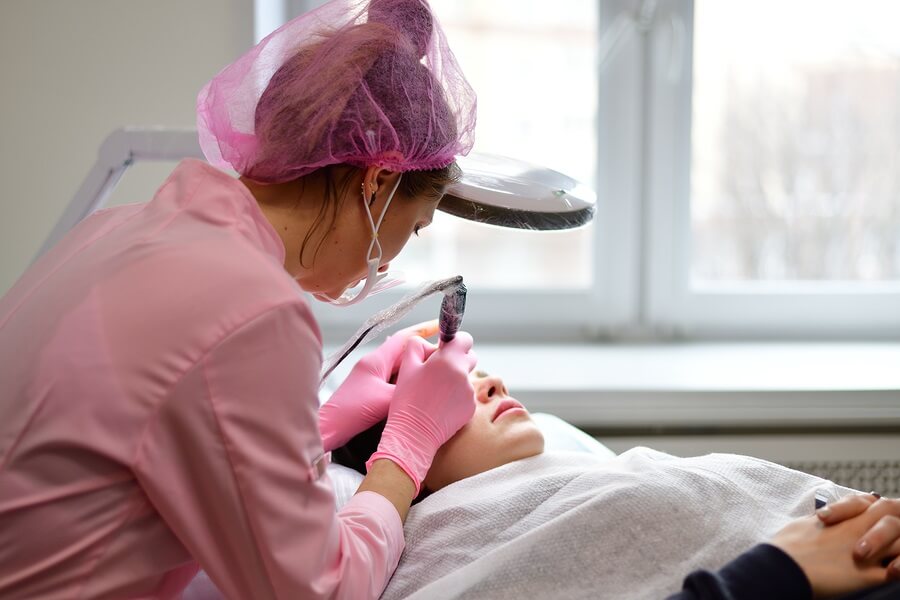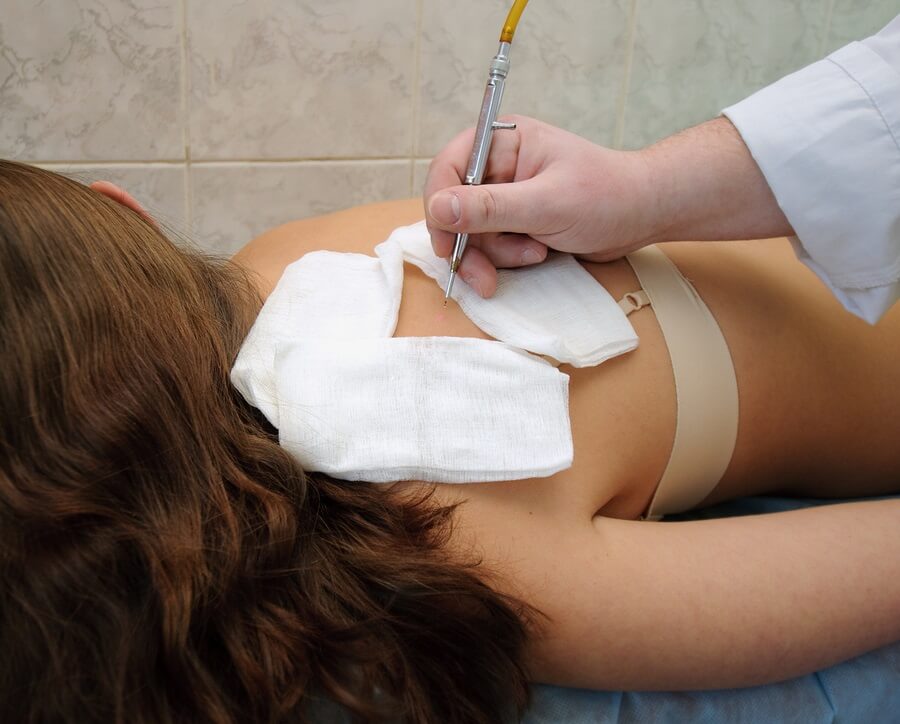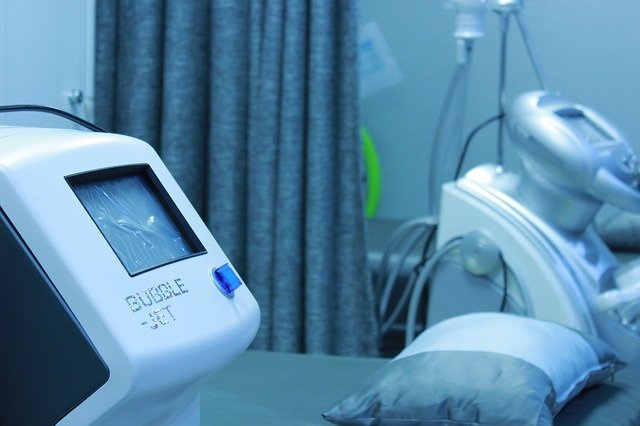High cholesterol has always been a health concern, majorly for its contribution to deleterious conditions like heart diseases and stroke. But there are also benign conditions that can result from excess body cholesterol, and Xanthelasma is one of those. Xanthelasma is a common skin problem that results in puffy eyes laden with fatty growths and an unhealthy yellowish tinge. The condition is usually synonymously called xanthoma as they both have an identical developmental process, however, they are slightly different. The unsightly condition may appear in varying shapes, from tiny spots to prominently large patches. Xanthelasma is usually harmless, but its appearance can be a real nuisance. Individuals with Xanthelasma are also more prone to developing a coronary heart disease.
Am I at risk?
Anybody can come down with Xanthelasma. However, a considerable preponderance of the condition occurs in women, individuals who are obese and have elevated blood pressure, those in the 30 to 50 age bracket, smokers, diabetic patients, individuals with high cholesterol levels and people of Mediterranean or Asian descent. Other factors that may predispose the development of Xanthelasma include inherited high cholesterol levels, biliary cirrhosis and nephrotic syndrome. Ticking one or more of this checklist may therefore enhance your chances of developing Xanthelasma.
READ : FIVE AMAZING NEW WAYS TO LOSE WEIGHT
Xanthelasma Signs & Symptoms
Ranging from 2 to 30 mm in size, xanthelasma affects one or both eyelids. The yellowish-orange bump which usually symptomizes the condition has distinct borders with a flat surface. The condition doesn’t wane naturally and can progress to bigger sizes if left untreated. It is not tender and doesn’t present itchy effects. However, cosmetic discomforts make it unappealing.
How can I stay safe?
Xanthelasma may not be an overly harmful condition, but it could symptomize more serious conditions like heart diseases, so prognosis and treatment, especially when it becomes huge in size, is an essential step in nipping it in the bud. Since no sure-fire way of prevention, preventive measures are usually key. This includes monitoring disease progression if you are a diabetic patient, maintaining a balanced lipid and cholesterol levels.
Xanthelasma Treatment
Because xanthelasma skin lesions are usually superficial and not intrusive into the dermis as many other skin conditions, treatment procedures are usually safe since fat deposits are around the superficial region of the epidermis and dermis, just as in warts. It is therefore also possible to remove the patches with less scarring. A number of treatment methods are available to rescind progression of Xanthelasma. Consulting a dermatologist for the best approach is essential as each has its pros and cons.
READ : POLLEN COUNT EFFECTS
In advanced cases, surgical removal of the patch may be done. But a major caveat of this excision process is the formation of scars on the affected area. Another common approach is laser therapy but is quite an expensive procedure, thus limiting the number of individuals that can take this route. Electrocautery and Cryotherapy are other treatment methods for xanthelasma. High and low temperatures are respectively used to kill affected cell layers which are afterwards surgically removed.










